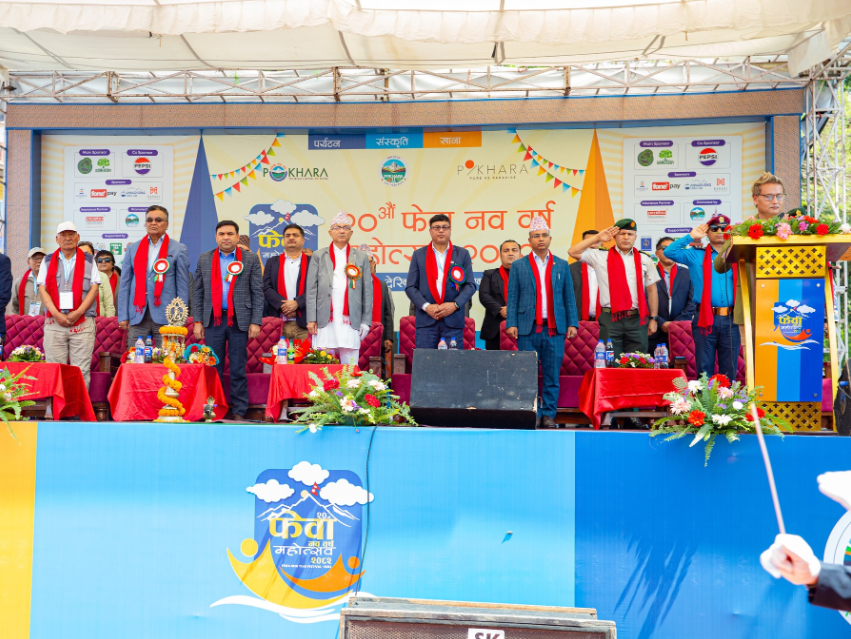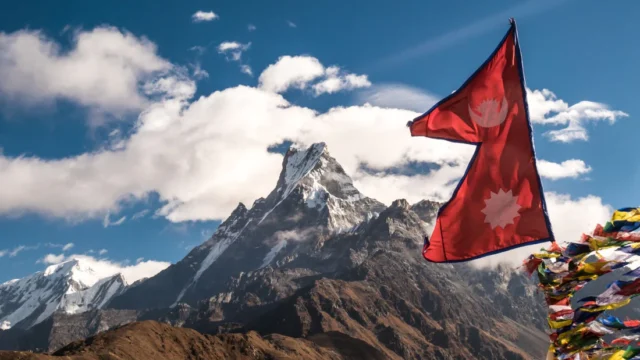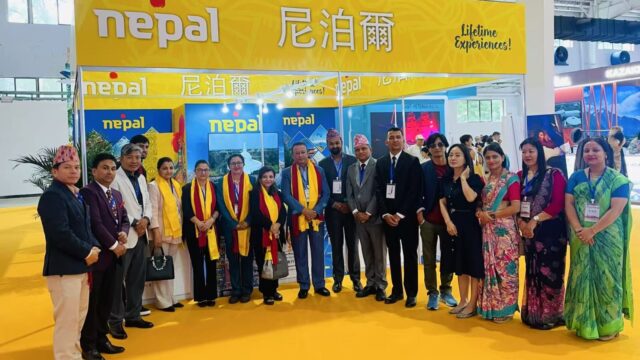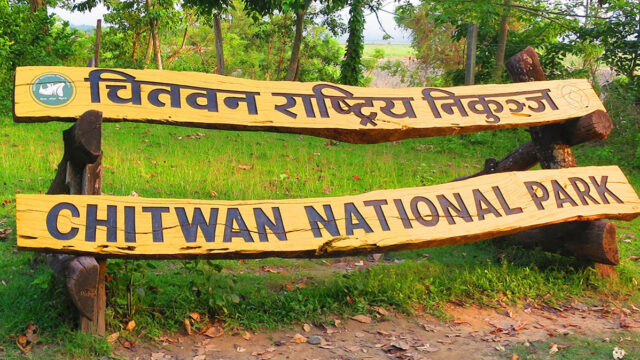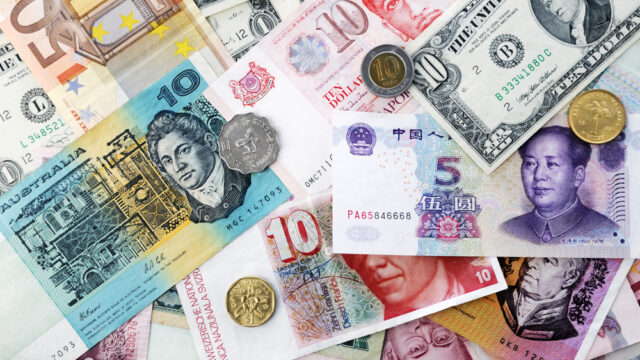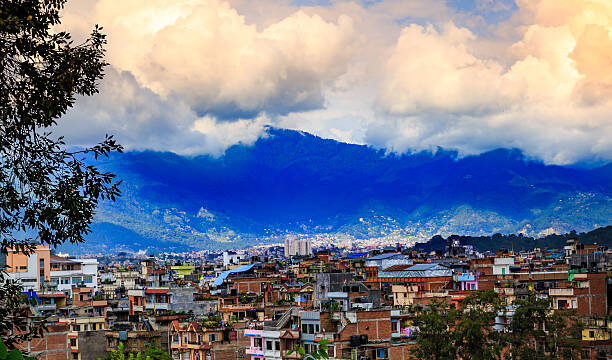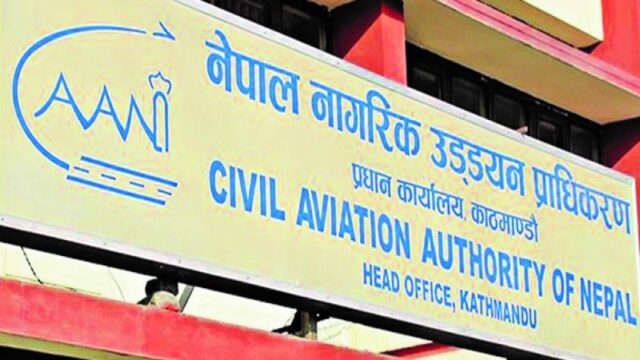The tourism capital of Nepal, Pokhara, welcomed the Nepali New Year 2082 with vibrant celebrations and an overwhelming presence of domestic and international tourists. The festivities centered around the serene Fewa Lake and the bustling Lakeside area, which became the heart of the grand celebration.
Thousands of visitors gathered at the shores of Fewa Lake to usher in the new year amidst scenic beauty, cultural performances, and joyful celebrations. With the onset of the new year, Pokhara’s key tourist destinations saw a remarkable influx of tourists. From the peaceful waters of Fewa and Begnas Lakes to the city’s iconic temples and mysterious caves, crowds of tourists could be seen exploring and celebrating.
The Lakeside area, known for its vibrant ambiance, turned into a major festive hub. According to Laxman Subedi, President of the Hotel Association Pokhara, the ongoing Fewa New Year Festival, organized by the association itself, significantly boosted the arrival of tourists during this period. “We celebrated the Nepali New Year with great enthusiasm in Pokhara, the tourism capital of Nepal. Thousands of domestic and international tourists have gathered here to share the joy of the New Year. It has reaffirmed Pokhara’s image as the primary destination for New Year celebrations in Nepal,” said Subedi.
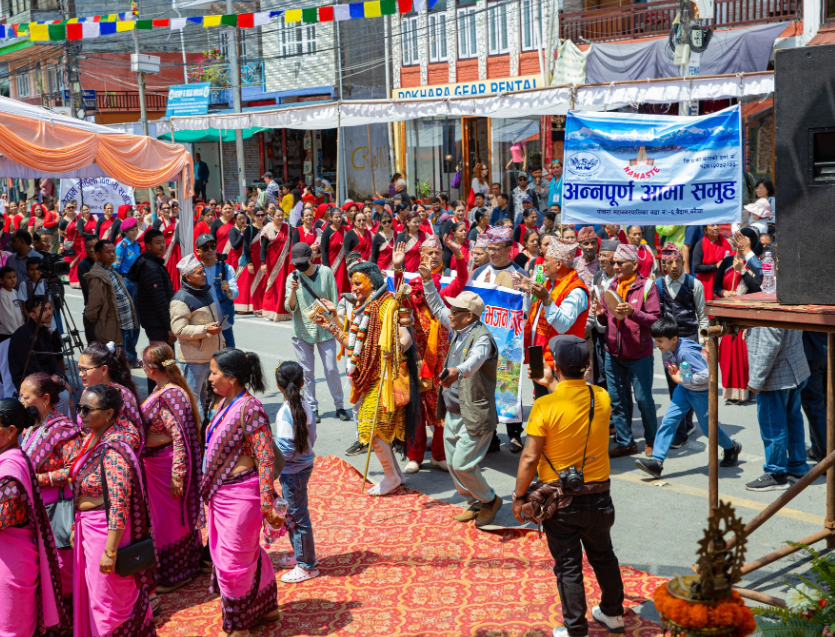
The festival, which kicked off on Chaitra 30, concluded today with a series of remarkable events. Over a 3.5 km stretch of Lakeside road, the streets were filled with tourists enjoying the atmosphere, lined with cultural stalls, live music stages, and food courts showcasing traditional Nepali cuisine. According to the organizers, the occupancy rate in Lakeside hotels soared to 80 percent during the festival.
To mark the New Year, cultural and musical performances took place in various parts of Lakeside. The celebration included traditional Panchai Baja processions, devotional songs, Ratyouli performances, and open-air concerts. Renowned pop singers, local folk artists, and cultural dance troupes brought life to the celebration. Humorous skits, folk duets (lok dohori), and a special tourist race were also organized, attracting both participants and spectators.
President Subedi emphasized that the festival was designed not just to celebrate the New Year, but also to promote tourism, local culture, and Nepali cuisine. The event drew a large number of domestic tourists, many of whom traveled to Pokhara to take advantage of the public holiday season surrounding the New Year. The number of Indian tourists also witnessed a notable increase, contributing further to the festive hustle and bustle in the tourism sector.
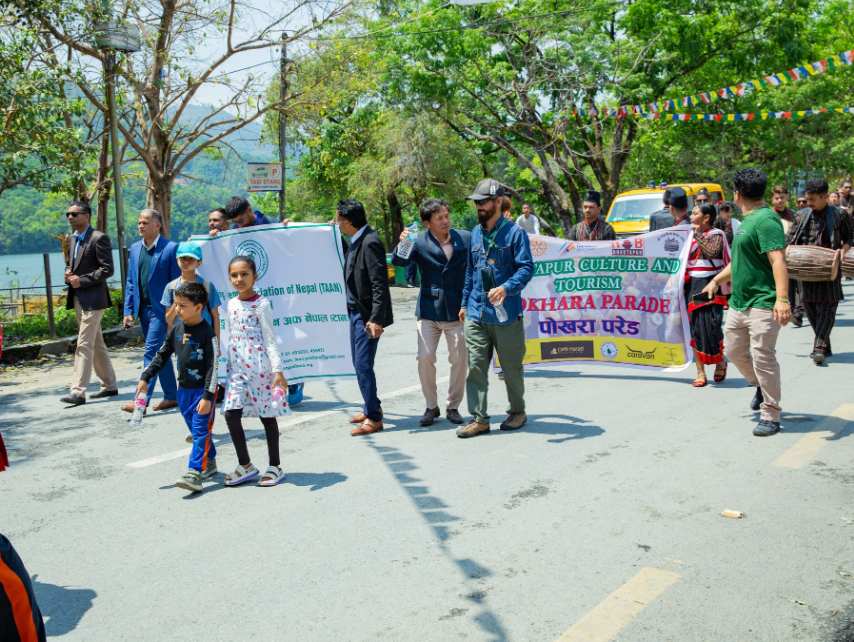
Even late into the night, the streets of Lakeside remained crowded with tourists enjoying the celebrations. Fireworks lit up the sky, adding a magical touch to the already vibrant night. Every major square and junction in the Lakeside area came alive with music, dance, and a sense of community among locals and visitors alike.
Beyond Lakeside, Pokhara’s religious and cultural sites also experienced a significant rise in footfall. Key religious landmarks such as Bindhyabasini Temple, Tal Barahi Temple, and Bhadrakali Temple saw thousands of devotees since early morning. According to Tirtha Shrestha, secretary of the temple management committee, long queues of worshippers were already in place at Bindhyabasini Temple from as early as 4 a.m.
The Fewa New Year Festival is not just a celebration but also an effort to blend culture with tourism. The organizers highlighted their focus on promoting traditional Nepali dishes, enhancing cultural identity through various processions and performances, and encouraging interaction between locals and tourists.
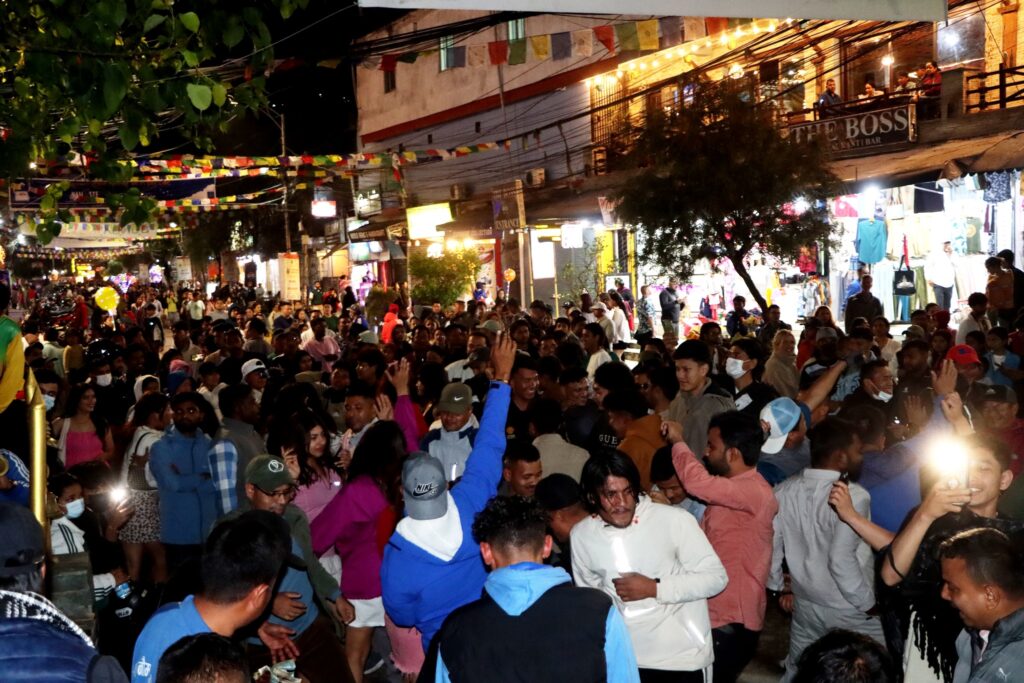
The enthusiastic participation and response from tourists have encouraged stakeholders in the tourism sector to continue organizing such events in the future. Hoteliers, tourism entrepreneurs, and local vendors alike benefited from the increase in tourist numbers during the festival.
With its natural beauty, cultural richness, and growing infrastructure, Pokhara once again demonstrated why it is regarded as the tourism capital of Nepal. The grand celebration of Nepali New Year 2082 not only boosted local tourism but also sent a strong message of hospitality, cultural pride, and festive spirit to visitors from around the world.
As the Fewa New Year Festival concludes, the memories it created remain etched in the hearts of those who participated. With more such festivals planned for the year ahead, Pokhara continues to strengthen its position as a premier destination for both cultural and natural experiences in Nepal.
